
Winter has to be one of my favourite times to be out on the bank. Yes, the fishing can be much more difficult than in the warmer months but, providing you set yourself realistic targets, you can have a rewarding few months. The satisfaction gained from a cold water capture can outshine that from a summer one. Every bite is hard earned at this time of year but, in return, the carp tend to look better in their winter colours and are usually at their top weights.
There can be fewer better sights for a carp angler than a frost-covered bank, mist rolling off the water’s surface and a big, fat mirror in the net. Modern bivvies, clothing and sleeping bags are developed with extreme temperatures in mind so there is absolutely no need to suffer these days.
I enjoy my winter fishing as much, if not more so, than summer. If minimal angler pressure, freedom to move, stunning sunsets and a challenge do it for you just get out there and do it. Experience has taught me a lot over the years and, whilst there are no hard and fast rules, here are a few tips that might give anyone approaching their first winter carp fishing a head start.
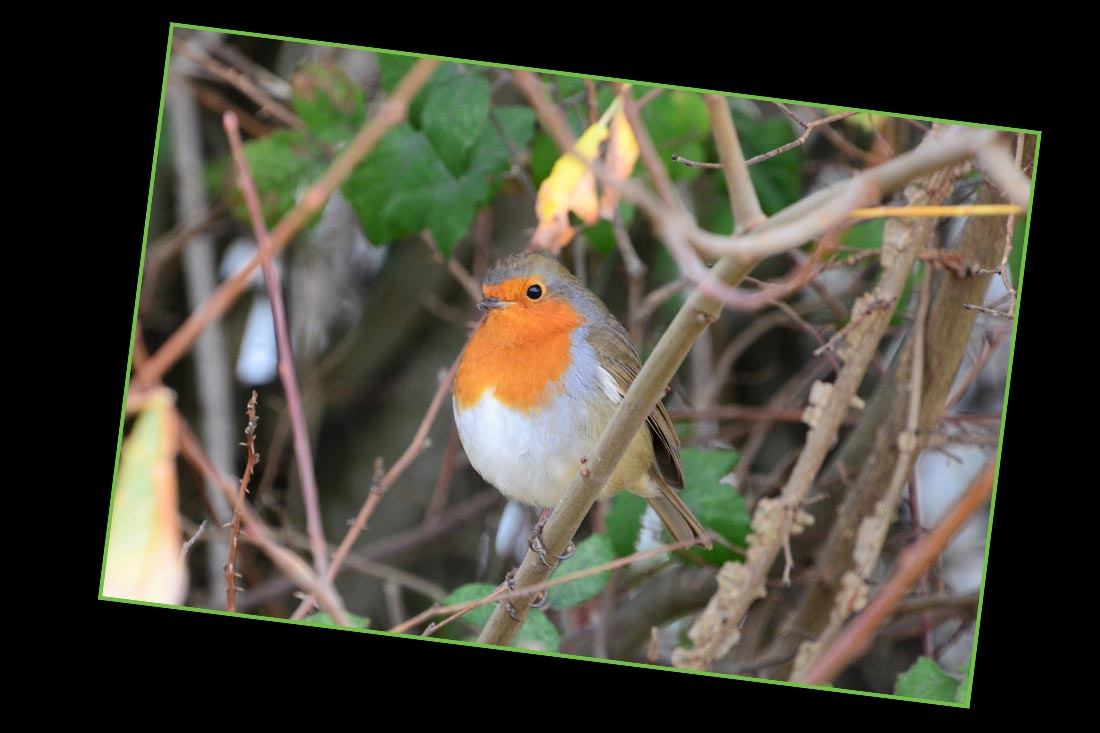
1 – BAIT
Choose a bait with a winter track record. Lots of bait companies have a dedicated boilie designed for winter use. Looking at a few bait companies’ web sites or a trawl through social media will give you an idea of which baits are doing the business during the winter. As I tend to stay on the same water whatever the time of year my preference is to use a bait that the fish will feed on throughout the whole range of temperatures. Cell is my first choice as it is equally effective no matter what the season. The main things I’m looking for during in a cold water bait are high digestibility, effective low temperature attraction and an open texture. I don’t want one with large amounts of oil, especially those which form a solid in the temperatures in which I’ll be using it. It’s to my benefit to use a boilie that will pass through them relatively swiftly father than one that will fill them up for a week.
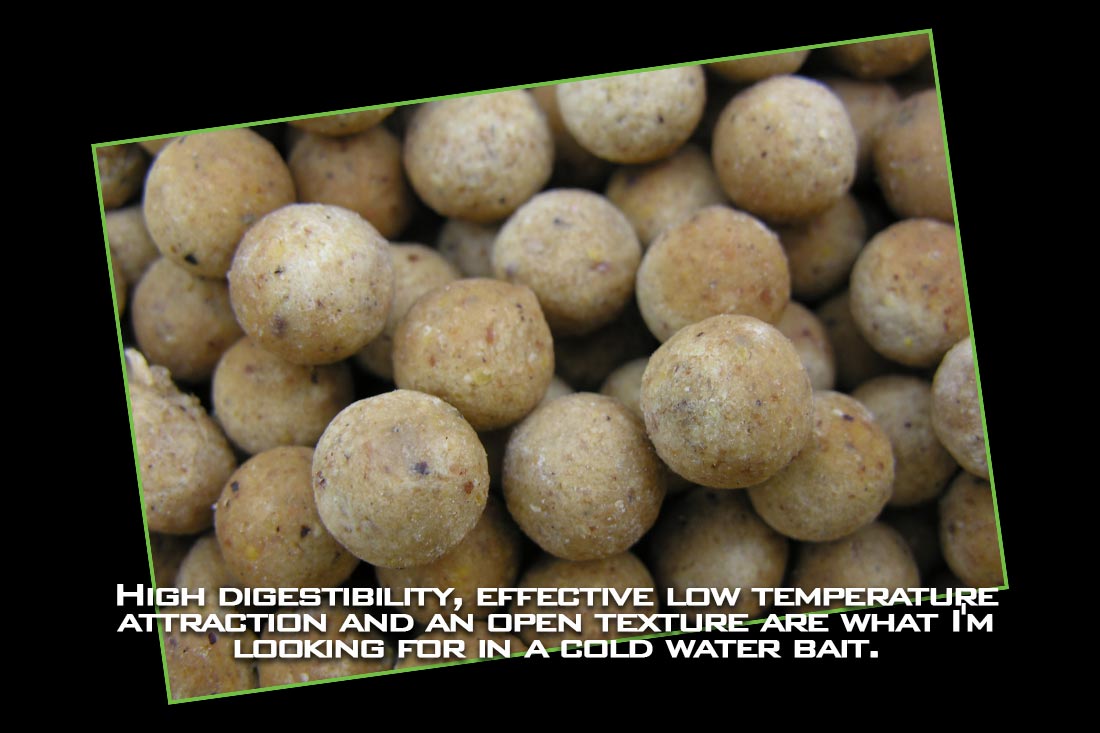
2 – BAIT – DON’T DO IT!
This may seem at odds with what I’ve just said about choosing the right boilie, but bear with me – I will explain.
Carp will feed less when it’s cold. If I can tempt them to eat a boilie, whilst I’m on the bank, then I want a hook in it. I’ve caught lots of my winter fish on single hookbaits. Bait is still important though – very important. I just don’t fish over it much.
Generally all of my freebies go in when I leave. I spread them far and wide, aiming to get each boilie to be like a single. This helps to accustom the fish to picking up odd baits. If one shows I can chuck a hookbait at it, confident in the knowledge that it will have come across, and probably eaten, a lone boilie since my last visit. Food baits and high attract baits both work and it is well worth using both until one proves successful. Once a hookbait receives a pick up at least two of the three rods will be adorned with one on the end.
I do fish over some bait at times especially when conditions are looking favourable but even then it is usually very little. Introducing just half a dozen boilies to cast amongst has proven to be a successful tactic during the cold. If it’s looking particularly good for a bite and we’ve entered a really mild spell with low air pressure I might really go for it and go up to 30 baits!
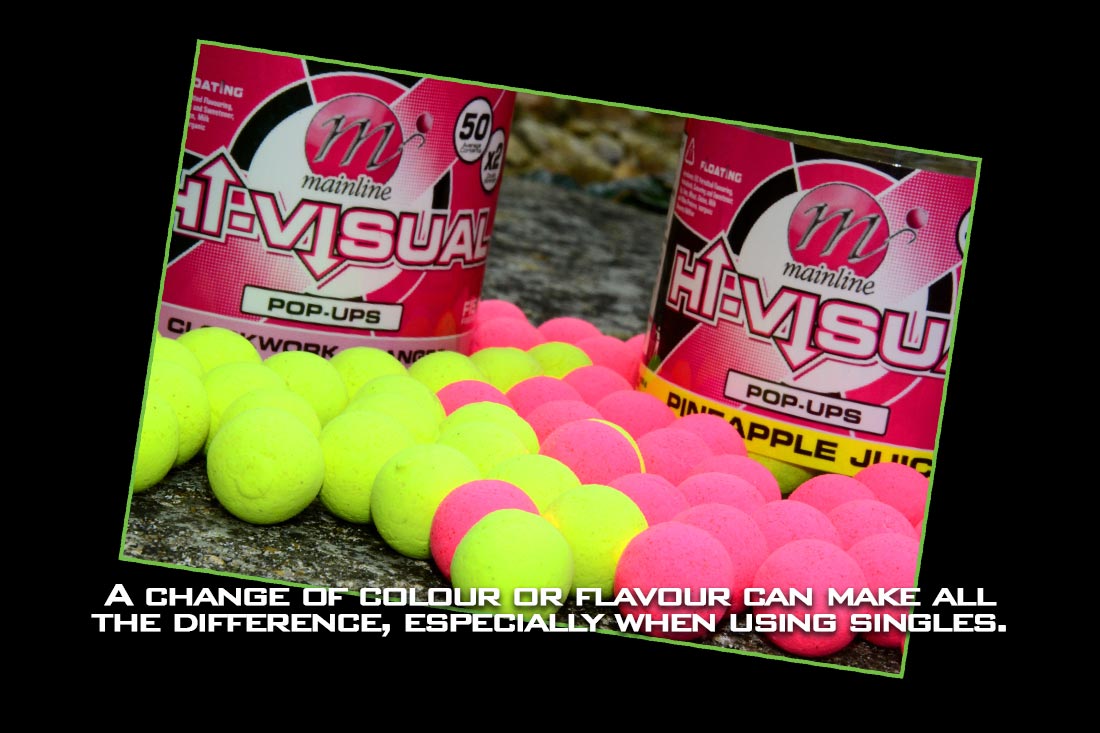
3 – STAY MOBILE
Once you have found their winter haunts you may be able to settle down a bit but until then, I’m afraid, it’s the mobile approach all the way. The fish will not be as keen to travel as much as in the warmer times and will often inhabit very small areas of the lake. I need to be fishing where they are to be in with a shout and finding them can be problematic. If I can’t see any signs it will be necessary to move around until something happens, either a bite, liners or, maybe, just a sighting or two. With groundsheets, overwraps and all the other cold weather paraphernalia to pack up and carry it is all too easy to sit there and wait. It takes a certain determination to be prepared to up sticks in the cold, but do it you must, at least until you have located their winter areas.
4 – DEEP WATER
I know a lot of advice given tells you to head for the shallows when it is sunny but that has not been my experience at all, especially during early winter. I have found that, by far, the most likely places to find them in the cold are the deepest areas. These areas always seem much more attractive if there is some cover nearby. This may well necessitate fishing totally different swims. The best winter holding area I have ever found was 22ft deep with a steep sided bar at the far side. I was almost vertical and I think it offered security, shelter from the worst winds and access to nearby shallow water in which to warm up on sunny days.
On waters that consist of only shallower water I would look at snags, or another form of cover as my starting point. I would always, however, follow any signs that the fish may give you in preference to fishing blind.
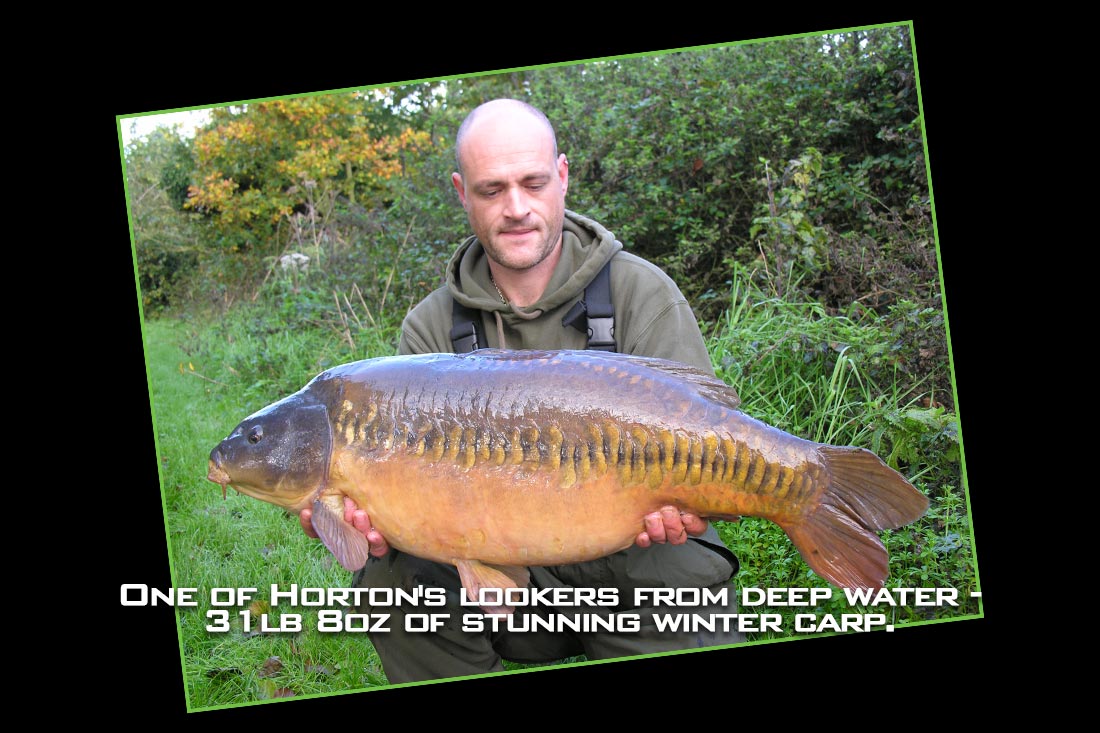
5 – LOOK FOR THEM AT NIGHT
In my experience winter carp are far more likely to give away their whereabouts during the hours of darkness. On Horton the fish would often show after midnight in areas that, only a few hours before, had appeared lifeless. These areas were where they would be bubbling the following day and with a hookbait in place there was a realistic chance of a bite. It was always worth a move or recast onto these spots as a cast during daylight, onto the fizzing would usually see an abrupt end to the feeding.
I used to purposely turn up at around ten in the evening to make swim choice simpler and set the alarm for 1am in case a move was required. I caught quite a few of the lake’s prized residents in this fashion having observed fish showing elsewhere in the small hours. Moving in the night definitely puts you a step ahead of most.
6 – BE UP FOR IT
I think winter carping should be seen as a campaign. Any clues, such as sightings, can be carried through to your next session, but to spot these clues you must be out there, whatever the conditions. Many anglers only grace the banks during a mild spell with South-West winds. I have more confidence during spells of high pressure. Sunny days and freezing cold nights have been good conditions in which to angle for me, but the long and short of it is that a bite can occur in almost any conditions, provided the lake isn’t completely frozen. I have bagged up on the end of freezing cold North Easterlies and even caught from under the ice so no session is entirely hopeless. Even a blank can be seen as a chance to introduce some bait.
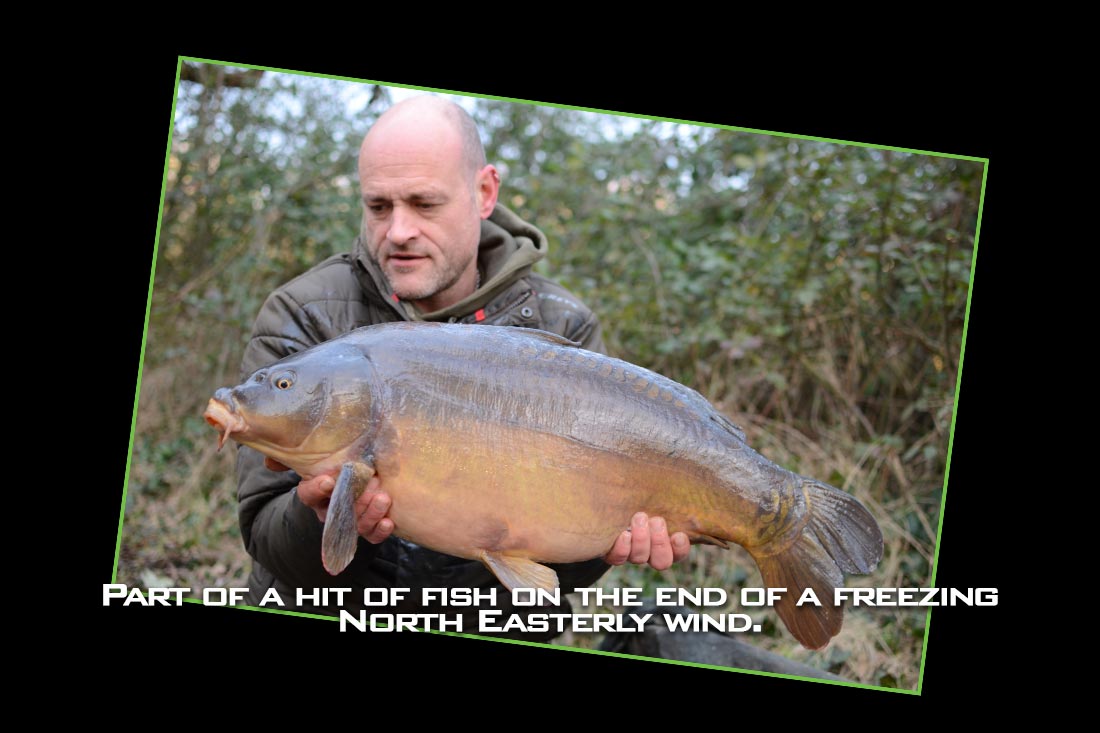
Those that need to be catching regularly may want to change to an easier venue. Personally I am happy to fish through the winter for the chance of one really special capture, although during more recent winters I have moved onto waters that offer a more realistic proposition. A lot of the big fish waters have a rock hard reputation in the winter but I’ve never really worried about that. Plenty of lakes produce very little simply because nobody is fishing them. With a bit of luck and some keen observation you might just locate that holding area that nobody else has found.
When I say be up for it I don’t just mean having the motivation to go. Being up for it also means being willing to watch the water, complete a few circuits each day to find them and generally putting in just as much effort as you would at any other time. The night’s are long and obviously most people will use a radio, social media or some other entertainment during the extended darkness but you still need to be switched on to avoid camping throughout the winter.
If you fancy embarking on a winter campaign, do it and see it through. If you aren’t really up for it you may well be better to hang up the rods, stay at home earning some brownie points, recoup and start again in the spring. However, if you are then you should try your utmost to enjoy it for what it is. It’s a challenge and just one fish in a trip can be seen as a result so don’t beat yourself up if it’s you’re struggling. There is much to appreciate when out on the bank in the cold so make the most of it.
7 – RING THE CHANGES AT DIFFERENT RANGES
When fishing blind, in the absence of sightings, I’ve found it can be a good idea to fish the rods at a variety of ranges. There is normally more room to spread them left and right so I can cover large amounts of water. Once any pattern emerges such as captures or liners I can then put all the rods at the right range. I also keep altering hook baits until something produces. The third rod that many waters allow after November can be used to try something different such as a stringer, PVA bag etc. Just one capture on something outside the norm could be the catalyst for many more.
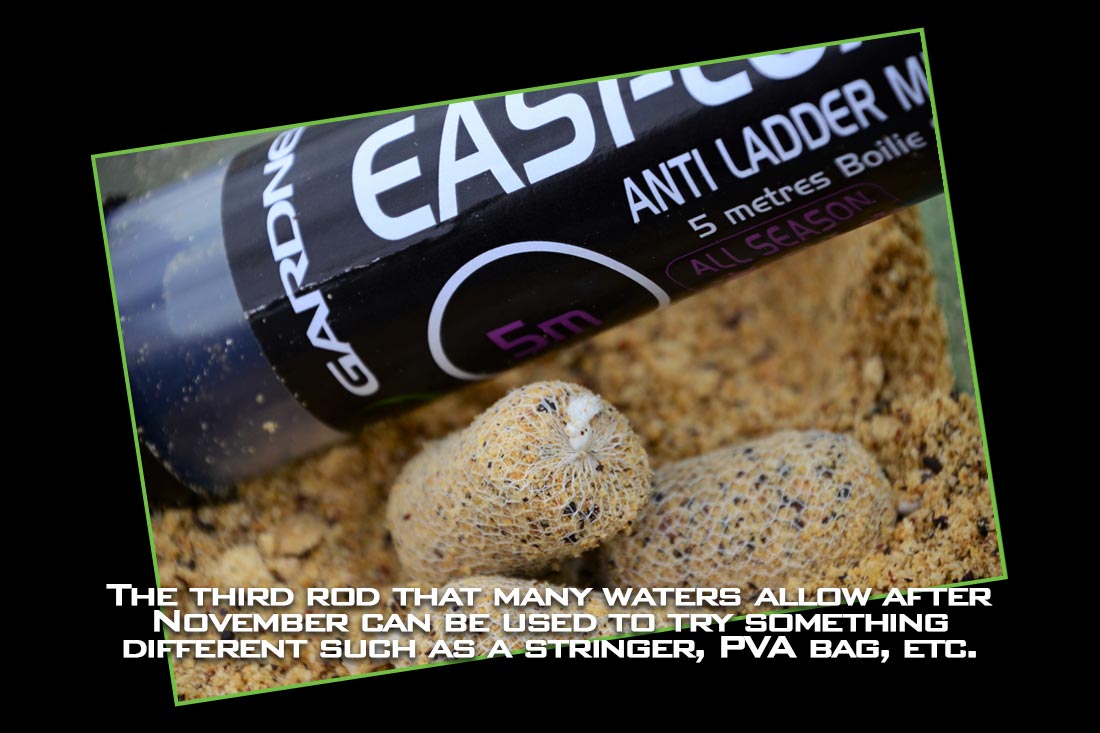
8 – STIFF HOOK LINKS
I tend to use stiffer hook lengths at this time of year. The reasons for this are twofold. The first is that, with less weed growth about, the lakebed is more likely to be conducive to using this type of presentation especially in the deeper areas that I often target. Secondly, but more importantly, cold water carp are not so likely to be involved in competitive feeding. They are moving around less and generally picking at odd baits, so I want a rig that is difficult for them to eject.
Materials such as Gardner’s Stiff Ultra Skin can make a huge difference as the rigidity is something I believe carp struggle to deal with. This material must be steamed straight but then, the kettle is on most of the time for the endless cups of tea so that’s not really an issue. The steaming process transforms the hook length by, not only straightening it, but by making it extremely rigid. It is imperative to use a figure of eight loop knot at the swivel end to give movement to the rig. Without this the stiffness will be counterproductive and make it awkward for the carp to take the hook bait in the first place. When tied with a loop the stiffness only comes into play once the fish attempts to eject the hook.
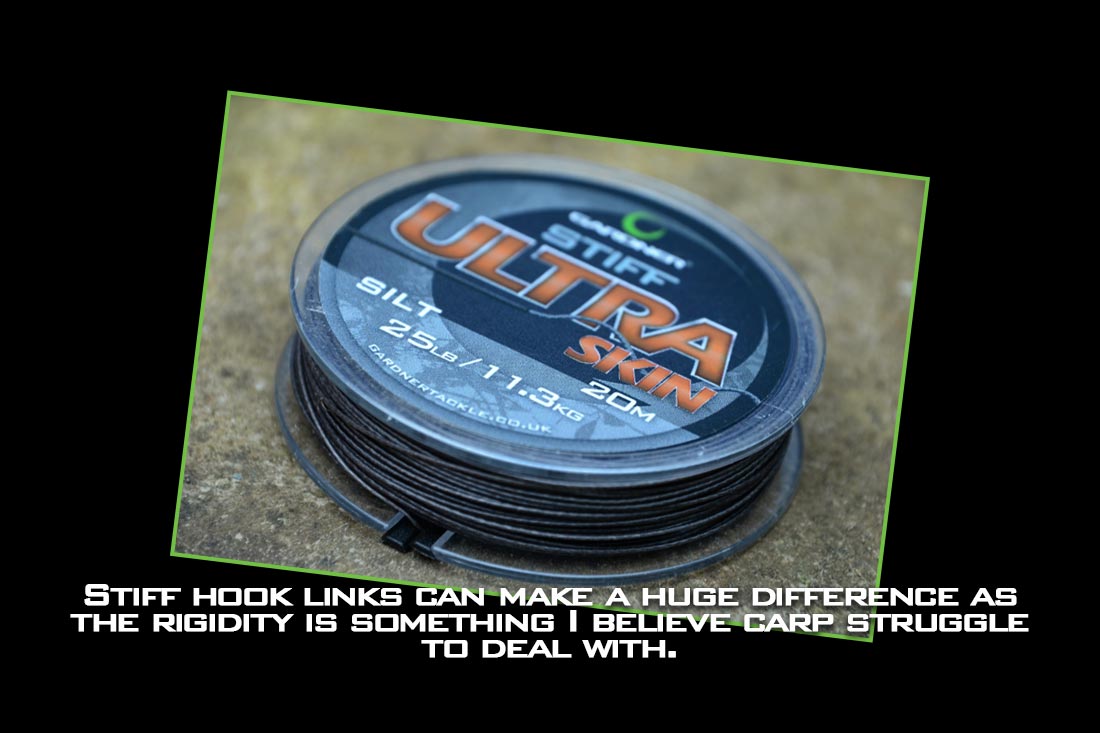
9 – BIG LEADS
As much as I’m a fan of using the smallest lead I can get away with I find myself having to bigger ones during winter. It’s common to be fishing at greater range than in the summer and I require a lead that allows me to fish at various distances, should a fish show away from the spots I am fishing. In the winter conditions are often windier and a big lead will be less susceptible to being blown off course. Bigger leads will also be much easier to feel down in a crosswind. There’s no point struggling and getting frustrated when upping the lead by half an ounce will make life easier.
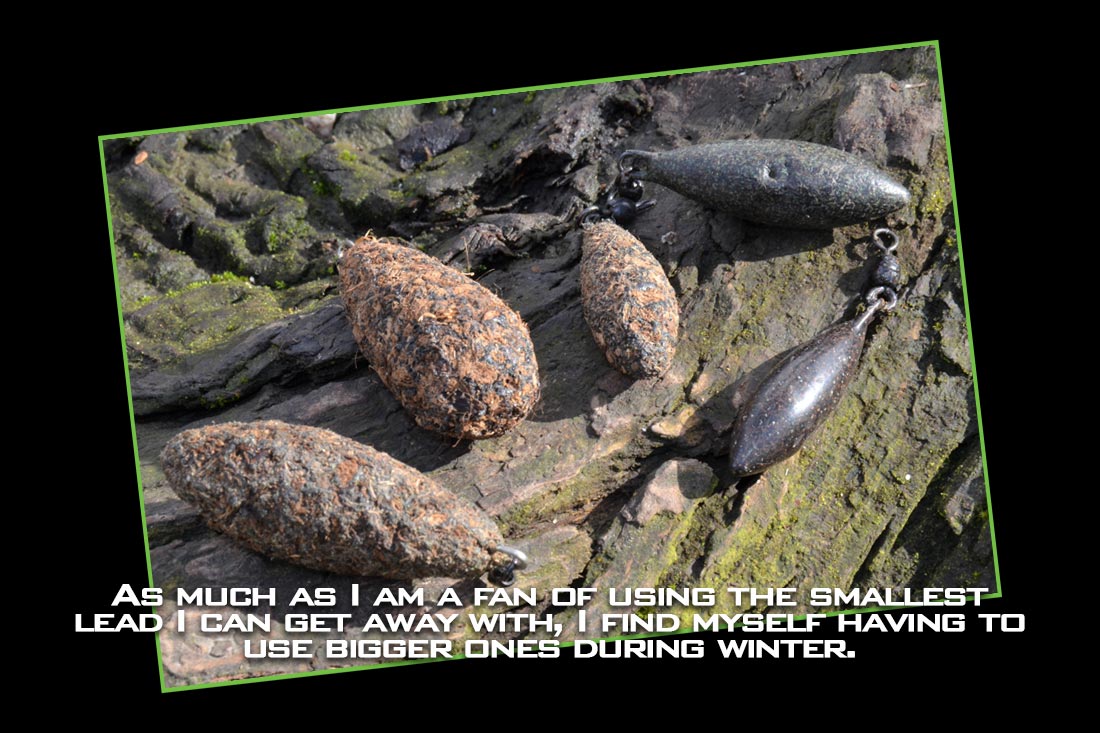
10 – SPARE BAITED RIGS
The vast majority of my winter captures have been during the hours of daylight. I therefore feel it is advantageous to keep my baits in the water for the maximum possible time. A spare rig, baited, balanced and ready for action can be clipped on in an instant saving a lot of time after a capture or when recasting. Maximising potential bite times can bring extra captures and although it might only be fifteen minutes per rod per day over the course of three months that will add up to a significant amount of effective angling.
Gardner sell a range of Covert Kwik Lok and C Lok swivels that are the kiddie for this.
That’s it for my top ten tips for catching winter carp. I would just like to finish off by saying that winter carping can be just as rewarding as at any other time. To catch a special one in the cold means that little bit more than during the summer so get out there and enjoy it!





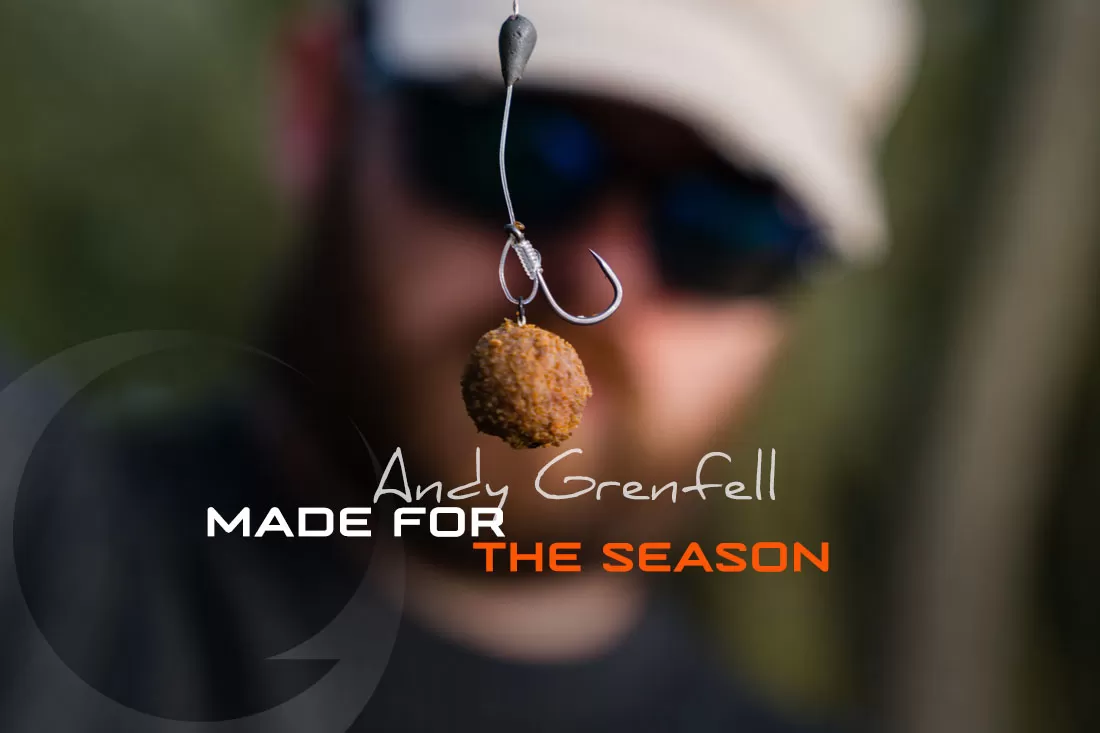
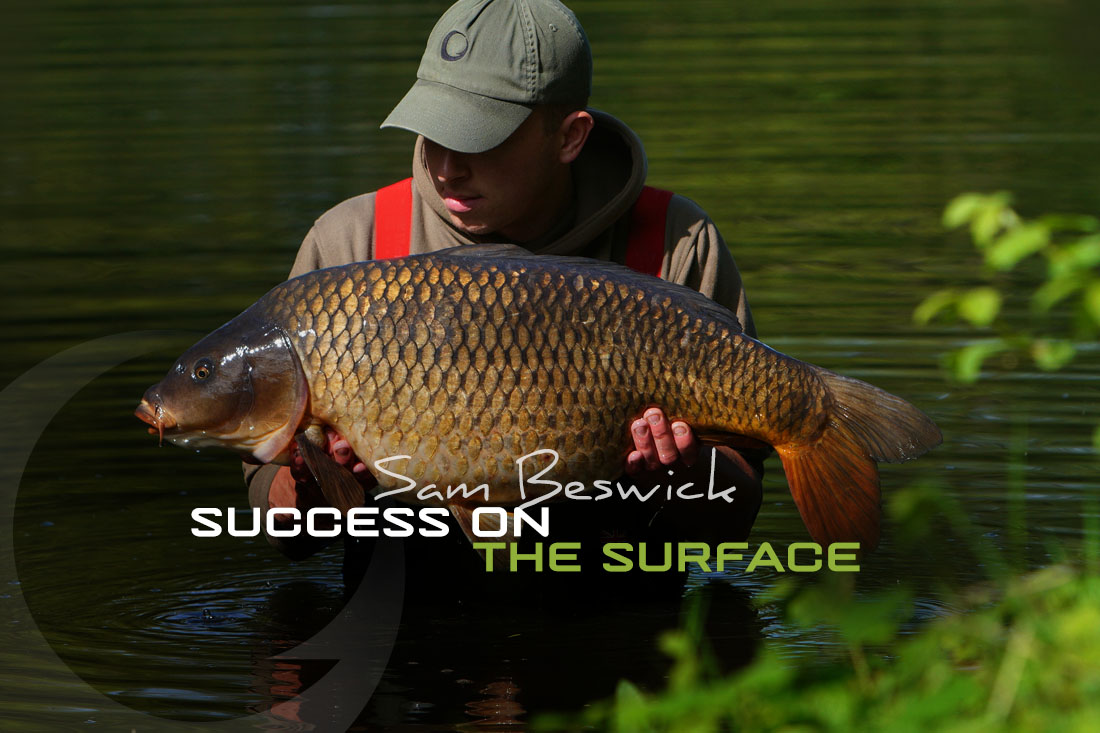

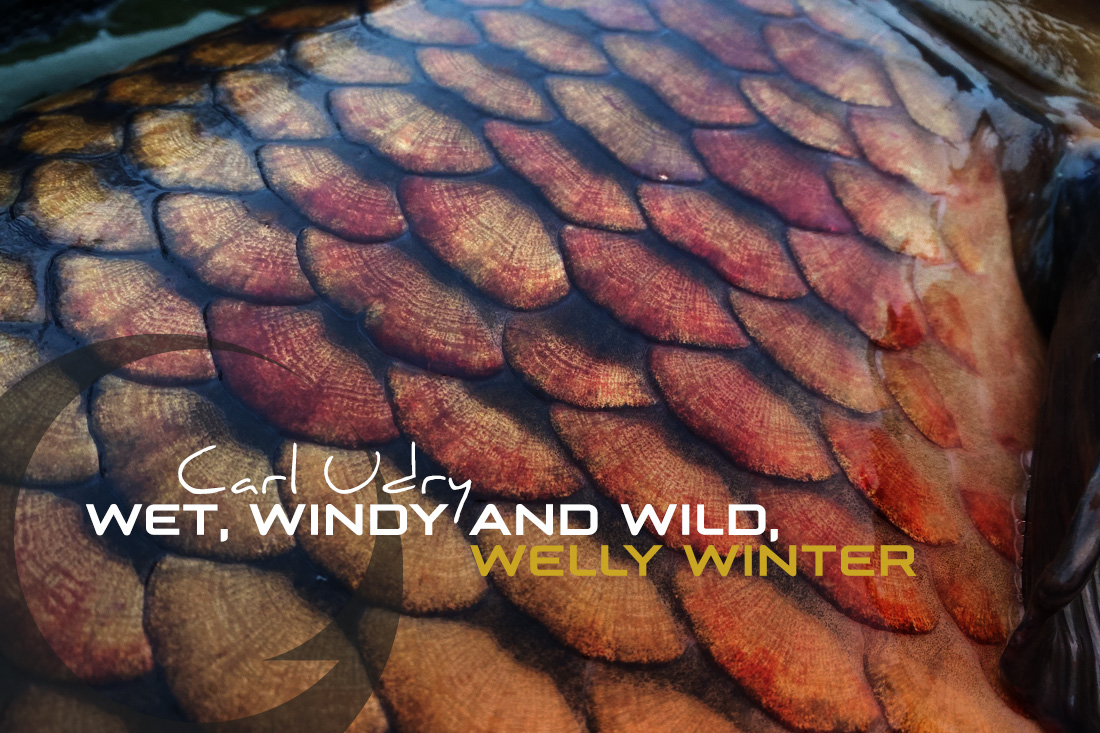
Thank you for the tips , I m on the lakes every
week sometimes for perch but mainly for carp,
I am struggling this year not sure why so I’m looking to change my tactics. Thanks again
Ian